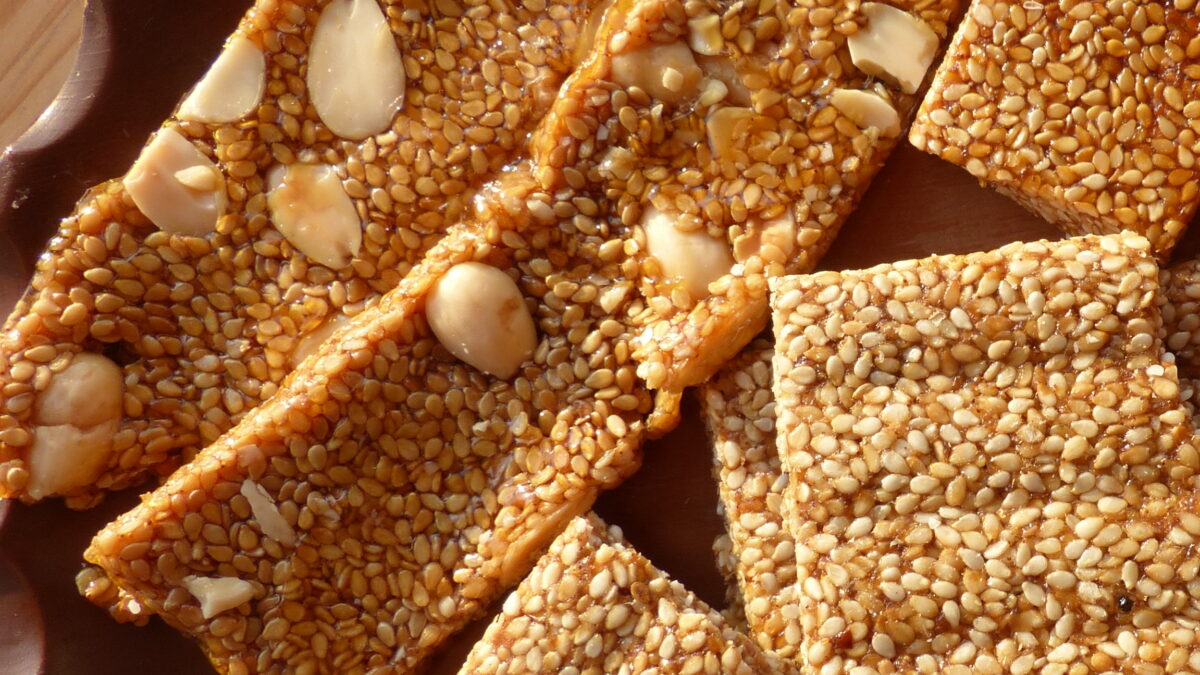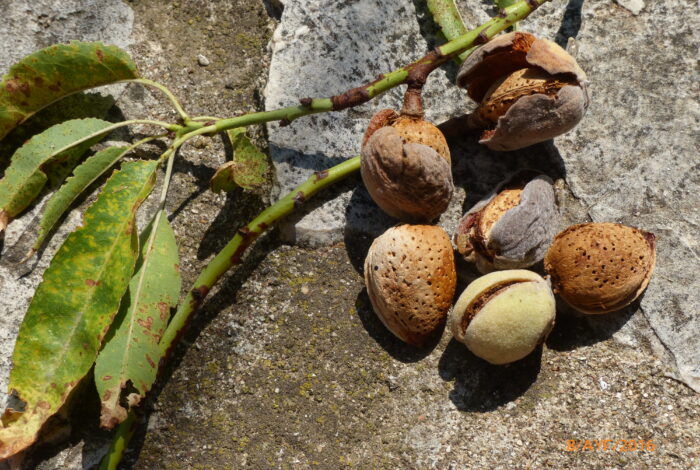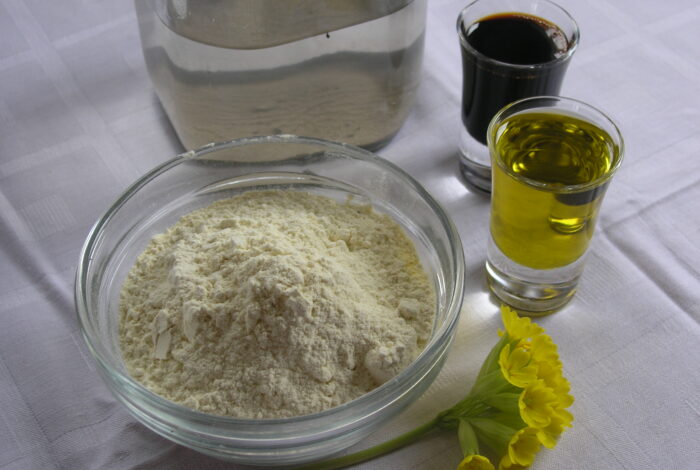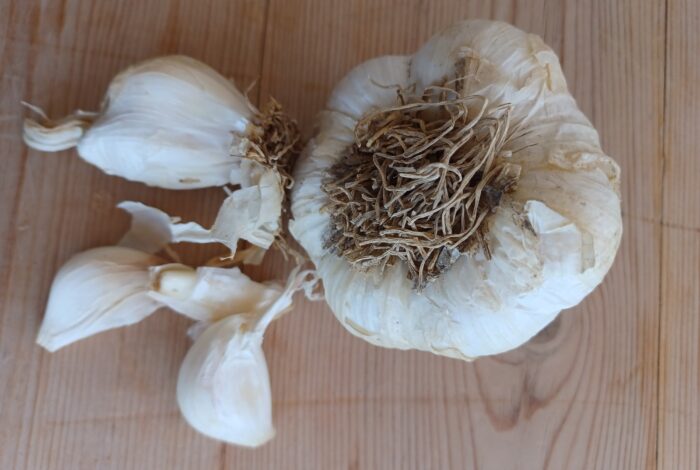Soultana-Maria Valamoti
Sesame came to Greece from the East, likely at some point during the Bronze Age. While no carbonised remains of sesame seeds have yet been discovered in archaeological digs at prehistorical sites in Greece, the non-Greek word ‘σα-σα-μα’ is encountered on Linear B tablets dating to the Mycenaean period (c. 1400 – 1200 BC). The word is Hittite in origin, an indication of the route sesame seeds traversed to arrive in the Aegean basin and from there to the courts of the Mycenaeans. In the East, sesame seeds were cultivated for their oil, little surprise given that olive trees would not grow in Mesopotamia. However, the Greeks were quick to adopt sesame once it arrived in their homeland, and ancient literature abounds with references to its tasty, nutritious seeds.
While sesame seeds are unlikely to be preserved long enough to be discovered during archaeological excavations given their high oleic content and combustibility, remains have been found at sites dating to the historical period, such as ancient Olynthus in Chalkidiki, in northern Greece, which dates to the 4th century BC. In contrast to the limited findings uncovered by archaeologists, the ancient sources provide a wealth of information on how sesame seeds were used and contain numerous recipes, proof of the seed’s enduring popularity.
Sesame is mentioned by the poets Alcman, Solon, and Stesichorus (7th – 6th century BC), while references to it increased in subsequent ancient texts. Theophrastus (4th century BC), in his Enquiry into Plants, numbers sesame among the summer crops and goes on to list a number of varieties, including one which produced sweet seeds. Compound words with sesame as a component can be observed in both inscriptions and papyri, indicating people who traded sesame, or places in which sesame was cultivated, or even bills and accounts concerning sesame, places in which sesame was planted and places where it was produced. This wealth of information demonstrates just how important this crop was, not to mention the extent to which it was traded commercially.
The earliest reference to sesame, the doric word sasamon, can be found in a verse by Alcman (7th century BC), which seems to include it among ingredients in the making of bread for a symposium or a wedding. Stesichorus mentions a confection made with sesame using the doric word sasamis, which would have been called sesamis in the Attic dialect. The word frequently crops up in ancient poetry and is likely the same as the equally common word sesame, which is found in Aristophanes’ Peace. Yet another ancient confection was known as sesamous, mentioned by Aristophanes in the Thesmophoriazusae. The words melipekton and kopte sesamis are used to denote confections made of honey and sesame, which in the latter case was ground. These sweets were probably similar to modern-day pasteli and Christmas sesame pies. In addition, Philoxenus (5th – 4th century BC) describes the process of roasting sesame for use in sweets with honey and mentions a form of fritters with sesame and cheese.
Sesame continues to be widely popular in Greece, and is used primarily to make confections such as pasteli, samousades and sesame pies. It is also sprinkled over Cretan xerotigana and is a prominent ingredient in sweets served at marriages in some regions of the country.










